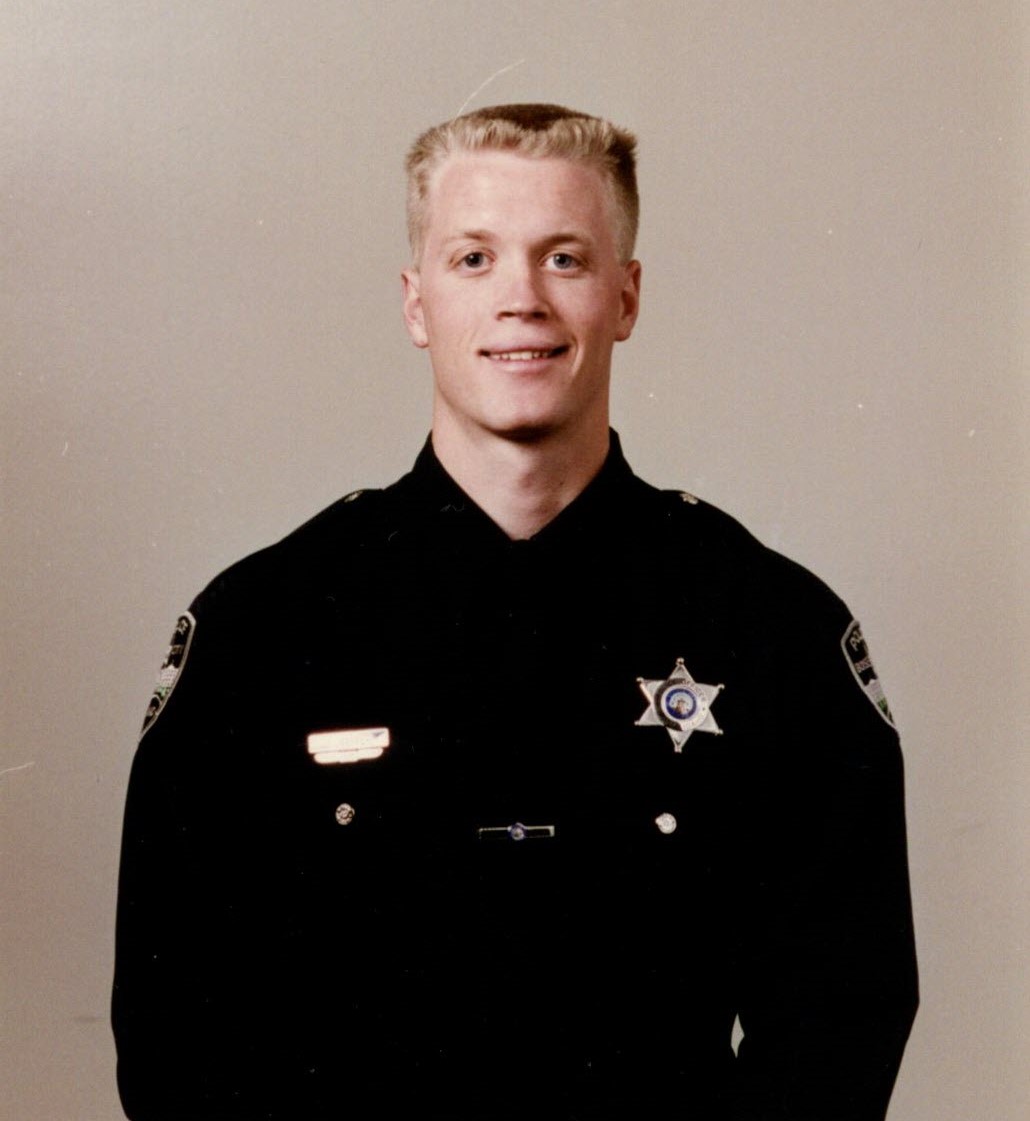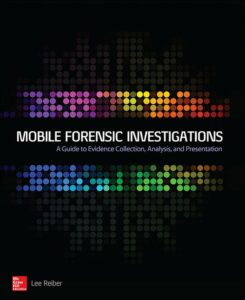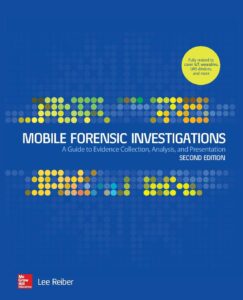The growth of Oxygen Forensics along with the strategic partnerships we have made over the last 20 years has made our flagship software one of the top Digital Forensics and Incident Response tools, globally. With the launch of Oxygen Corporate Explorer, offering remote collection, and Oxygen Analytic Center, allowing a powerful review and collaboration, the sky is the limit and as an expert in this industry, it is exciting to see. This was not without sacrifice but a testament to the expertise of the leadership here at Oxygen Forensics.
Achieving Industry Firsts
Our development team has been working to bring mobile forensic tools to the industry since 2000 and has developed the first forensic software that has the ability to extract data from cloud services.
Superior Support and Training
Over the last 10 years our Customer Support team has never been below 95% customer satisfaction rating annually. Expanding and supplementing our customers’ digital forensic knowledge is one of our goals at Oxygen Forensics.
Keith Lockhart and I have a combined 40+ years of experience in the digital forensic space. Keith’s development of training curricula and content cannot be matched along with his expertise as an authority in the digital investigation space.
20+ years in Digital Forensics.
Past, Present, and Future of Digital Forensics
I started interrogating data from mobile devices 20 years ago, using my own scripts with embedded AT commands. I created applications to aggregate data from the three mobile phone software platforms available and trained thousands of law enforcement officers in the U.S. and around the world as one of the first non-vendor companies to provide mobile forensic training.
From Law Enforcement to Digital Forensic Analyst
As a law enforcement officer, I worked my way from patrol to the computer forensic team, and with self-taught programming skills, I began to write scripts to automate tasks because the tools that were available did not do what I wanted. While I was doing computer forensics, I had the opportunity to participate in a lecture about electronic devices and the evidence they might hold.

Introduction to Mobile Forensics
Attending this lecture in Arizona changed my life when the words ‘cellphone forensics’ were delivered. Knowing that a mobile phone was simply a computer used to communicate via messages, and calls, and to hold 15 contacts at that time, the implications for law enforcement to use this as evidence was evident. I began researching and diving into various products, at the time but there were only three to four products available for mobile forensics.
Due to the limited technical support, I immersed myself in finding out how to extract this data manually from mobile devices. As a result of all the work I had put into this research, I began to receive requests from all over the United States to assist with the extraction of data.
With more devices coming to consumers, the data started to shift and became unique to the manufacturer, so back to the drawing board.
Training the Trainer
It was always finding that reverse nibble, date and time format, and HEX string that continued to drive my education and research. It was then that Karl Sonnenberg started a mobile forensic training company, MFI, that I joined. We began training law enforcement officers from all over the United States in Carlsbad California’s Holiday Inn. This was the incubator with the first round of students in the class – all later became pioneers in the industry. Like Roger Binns, who was one of our guest speakers and the developer of BitPim – the go-to CDMA application that many tools based their protocols on. MFI (Mobile Forensics, Inc.) grew to train thousands of mobile forensic practitioners from around the world on how _not_ to use the push button solutions.
We taught how to carve, convert, and recognize strings in binary dumps to make the practitioner the tool. Believing that the industry needed a non-vendor certification, I formulated the MFCE (Mobile Forensic Certified Examiner) course. This course would be based on the IACIS Basic Computer course and would require candidates to perform various tasks, while a coach watched over and assisted during each step.
Some notable coaches and students include Kevin Delong (@kevindelong), Danny Garcia (@danmiami), John Bair, Bob Elder (@copgeek018), Joshua Bancroft, Christopher Vance (@cScottVance), and Heather Mahalik (@HeatherMahalik). All these individuals have made a significant impact on the industry and are still involved. Make sure to follow them on your social media channels.
The Development of Mobile Phone Examiner (MPE)
It was when the company grew to a point of no return that I decided to leave law enforcement and run MFI as an AccessData company. During that time, we continued to use the non-vendor approach to training practitioners, and AccessData then began to develop its own mobile forensic tool called Mobile Phone Examiner, or MPE, which I oversaw and implemented while bringing in many other tools that would still let a user be a practitioner. This included my python scripter and database explorer that would allow for the joining of tables, the creation of SQL commands, and the uncovering of free pages, aka deleted data.
I needed to stress that the user will always beat the tool, no matter how sophisticated the tool may become.
Helping Guide Investigators
Shortly before joining Oxygen Forensics, I published the first edition of Mobile Forensic Investigations: A Guide to Evidence Collection, Preservation, and Analysis, as a way to guide investigators on how to prepare for success and then walk through how to really become an expert in the field. A second edition was released along with an instructor’s manual to be used in university classes to this day. It has been rewarding to see practitioners who still believe that they are the actual tools in digital forensics dive into the HEX as I did so many years ago.
The Future of Digital Forensics
Moving from AccessData, a computer-based forensic company, to a fully-focused mobile forensic company, Oxygen Forensics, created the perfect synergy with my life experiences. As the only CEO in the mobile forensics industry with this strong background in the field, I can tell you that the expertise we have at Oxygen Forensics has no rival. Building trust through not only what we say but also how we have been a reliable source in the digital forensic arena for over 20 years should speak volumes about our company and our leadership. Both our current and prospective customers understand the contributions that Oxygen Forensics has made and will continue to make to the digital forensic space. I am looking forward to watching the industry grow and more investigators flourish while bringing truth to data.

